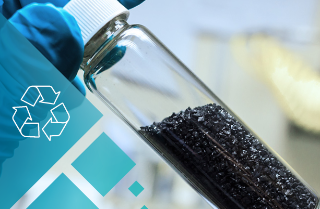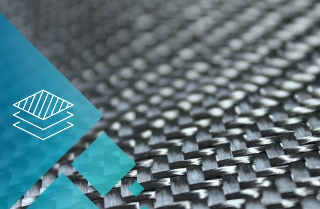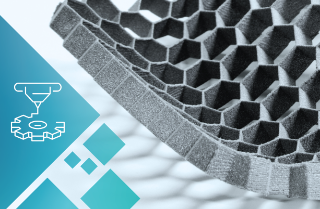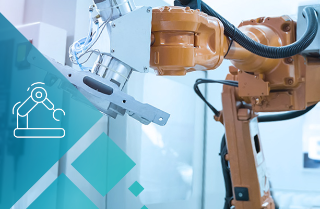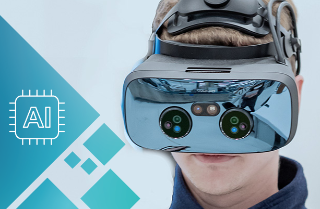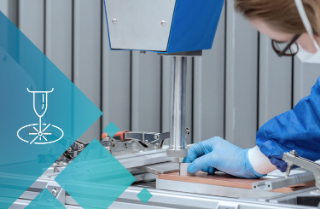We have curated a selected collection of reference projects from Fraunhofer IGCV.
The projects cover a wide range of research focus areas, which can be easily explored by filtering through different categories.
Please keep in mind that only 10 projects are displayed per page, so you may need to navigate through multiple pages to view all the projects.
